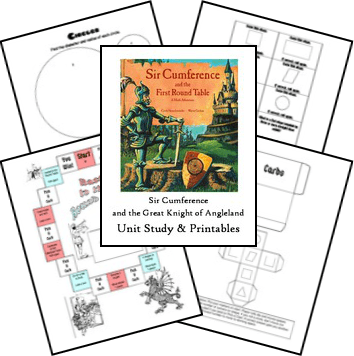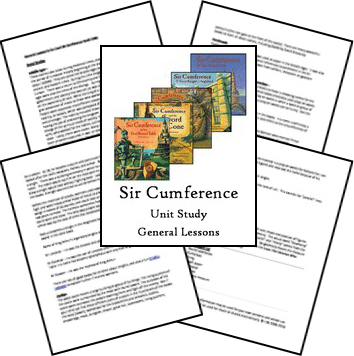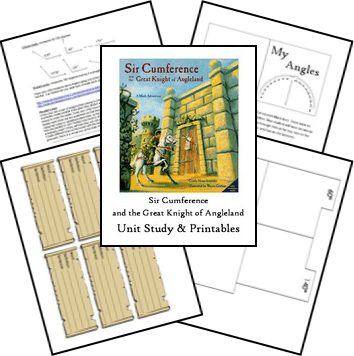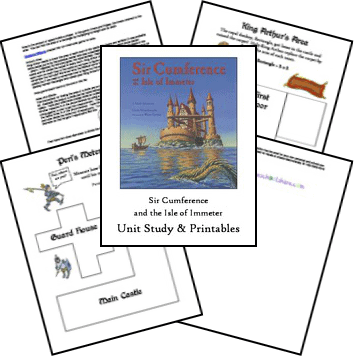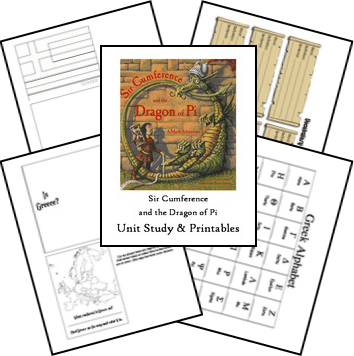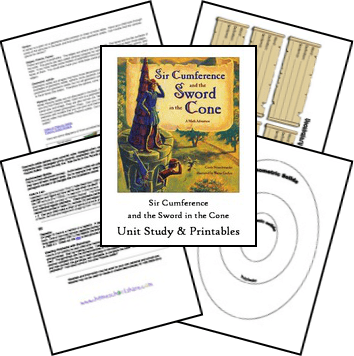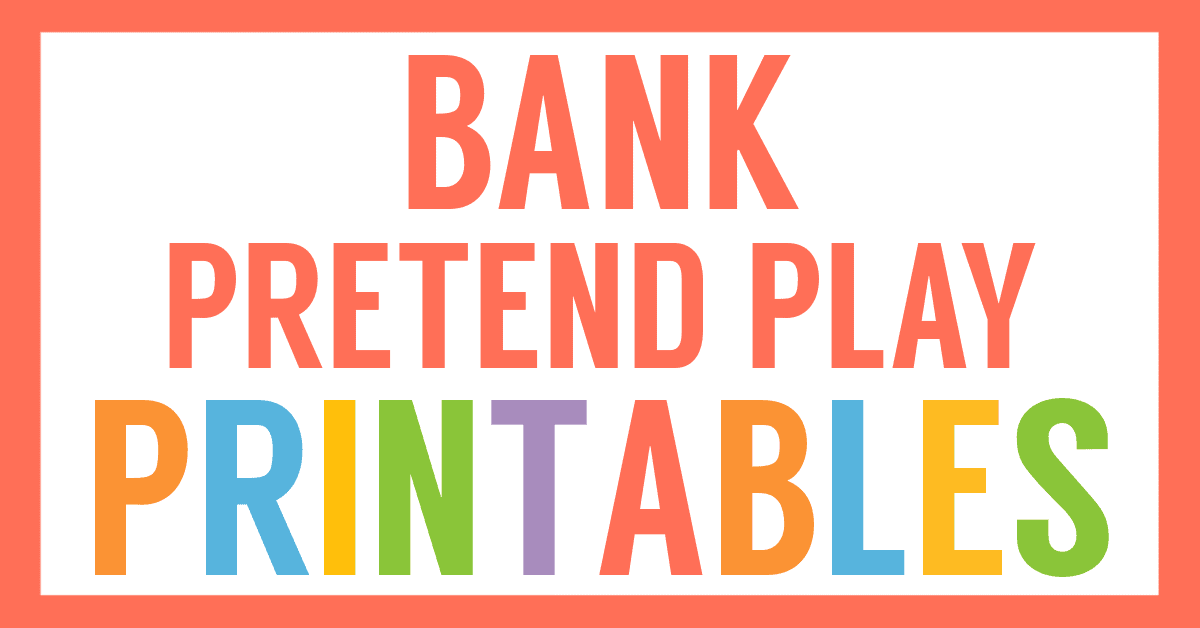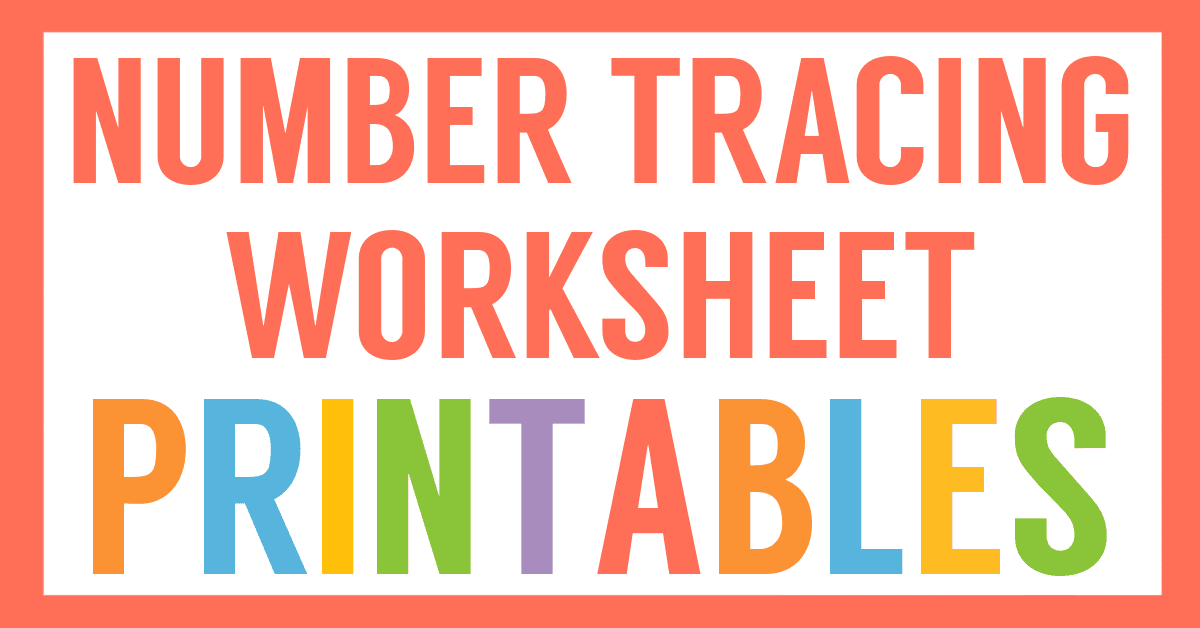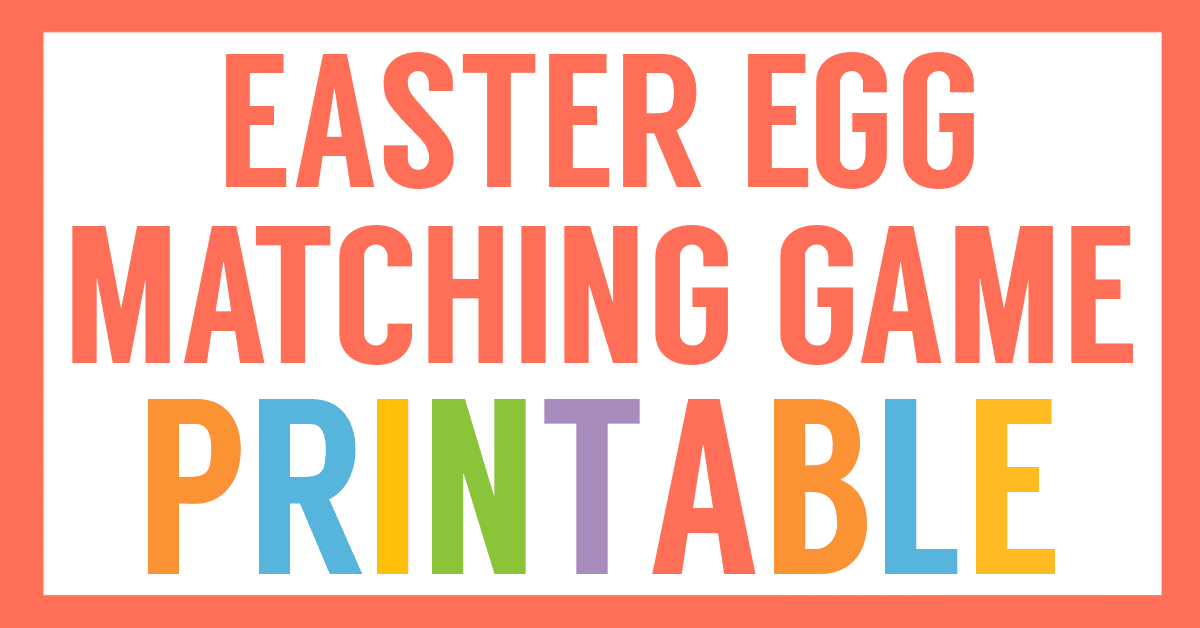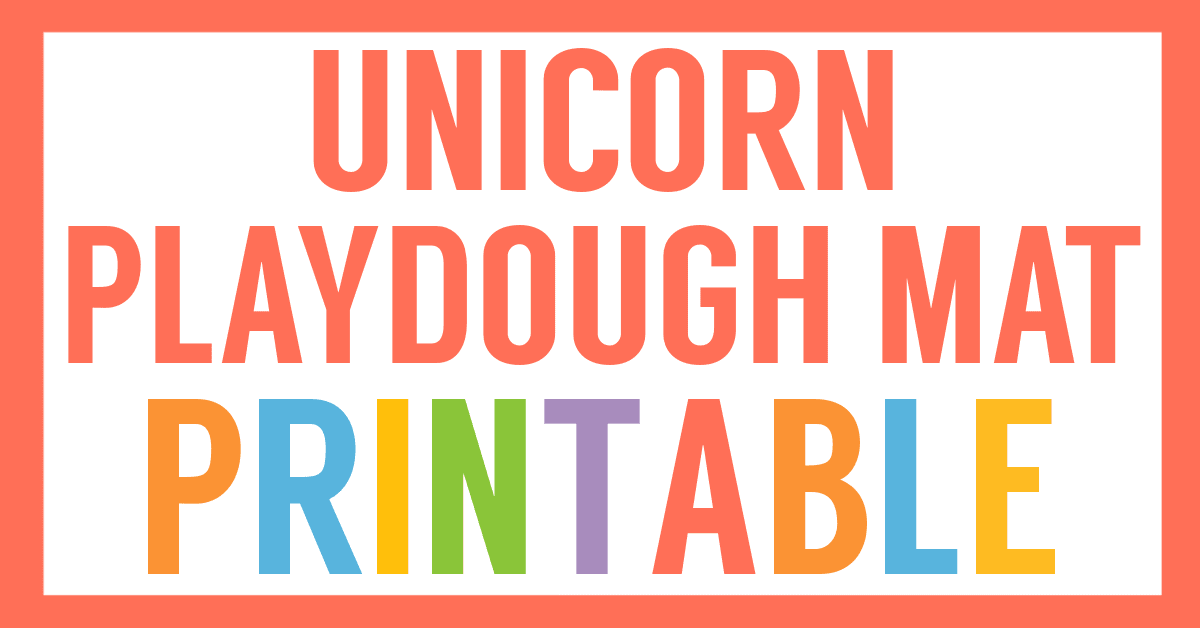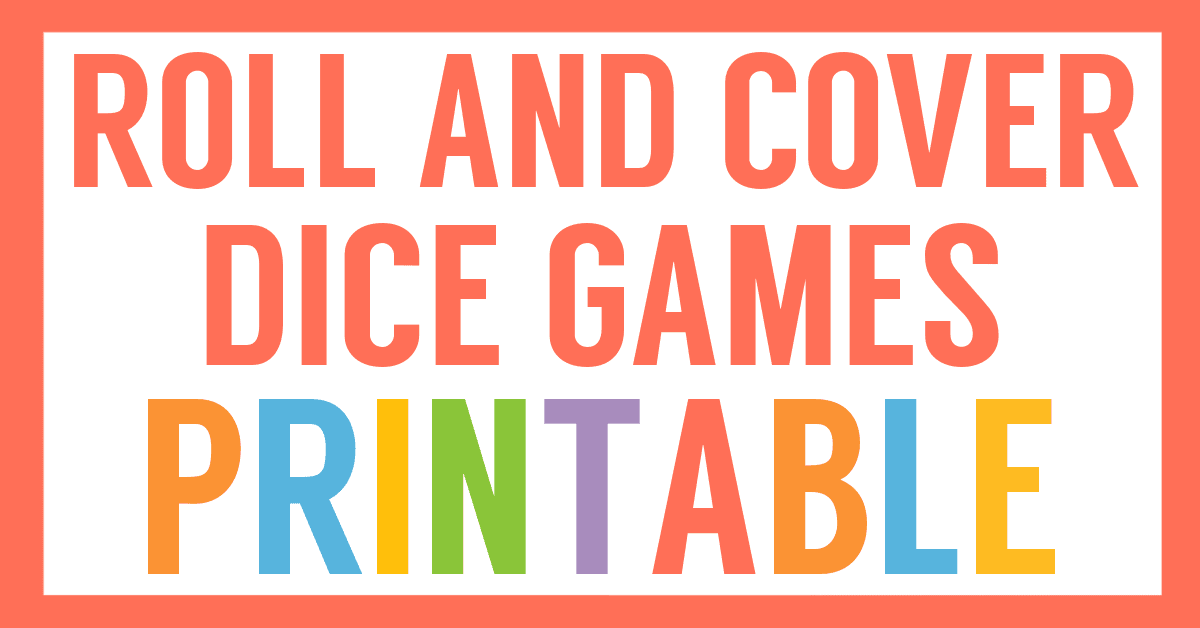Affiliate Disclaimer
We sometimes use affiliate links in our content. This won’t cost you anything, but it helps us to keep the site running. Thanks for your support.
In this Sir Cumference story, Sir Cumference and the First Round Table, King Arthur was a good ruler, but now he needs a good ruler. What would you do if the neighboring kingdom were threatening war? Naturally, you’d call your strongest and bravest knights together to come up with a solution. But when your conference table causes more problems than the threat of your enemy, you need expert help. Enter Sir Cumference, his wife Lady Di of Ameter, and their son Radius. With the help of the carpenter, Geo of Metry, this sharp-minded team designs the perfect table conducive to discussing the perfect plan for peace.
Thanks to Debbie, Wende, and Miriam for creating the Sir Cumference unit studies and printables.
Sir Cumference and the First Round Table Unit Study Lessons
Here are a few of the lessons you will find in this Sir Cumference and the First Round Table unit study:
Polygons
In their attempt to create the perfect table, Sir Cumference and Lady Di introduce you to many different shapes called polygons. A polygon is a flat shape bounded by three or more straight lines. The straight lines are called the sides of the polygon. When two straight lines are an equal distance apart and never meet they are parallel lines. When straight lines meet, they form an angle, or corner. There are three kinds of angles, acute, obtuse, and right angles. (Lesson continues with explanations and diagrams of specific polygons.)
Circles
Sir Cumference, Lady Di, and Radius finally solved the table problem by making a round table. Unlike a polygon that has straight lines and angles, a circle is made of a curved line. Every point on the curved line is an equal distance to the center. A compass is a tool to accurately draw and measure circles. The three parts of the circle mentioned in Sir Cumference and the First Round Table are the circumference, diameter, and radius.
Circumference
The circumference of a circle is the curved line that bounds the shape. Using a compass, draw a large circle. Mark its center point. Use string to trace the circumference of the circle, lay it out straight, and measure its length. This will tell you what the circumference of the circle is. If you are using this unit with older children, you can explain that an easier way to find the circumference of a circle is to multiply the diameter by 3.1416.
To access all of the lessons in this Sir Cumference and the First Round Table unit study, grab an easy-to-print file at the end of this post.
How to Get Started with the Sir Cumference and the First Round Table Unit Study
Follow these simple instructions to get started with the Sir Cumference and the First Round Table unit study.
- Buy a copy of the book, Sir Cumference and the First Round Table, or grab one from your local library.
- Print the Sir Cumference and the First Round Table unit study.
- Choose the lessons you want to use with your student (a highlighter works great for this).
- Choose and prepare the printables you want to use with your student.
- Enjoy a week of learning math through literature.
Download Your Sir Cumference and the First Round Table Unit Study and Printables
Simply click on the image below to grab your free Sir Cumference and the First Round Table unit study and printables.
Sir Cumference General Lessons
The unit study writers created a set of general lessons to go with all of the Sir Cumference books. These will help you create a more balanced unit, if you want to incorporate other subjects such as social studies.
You can grab these lessons by clicking on the image below.
Note: These do NOT include the Sir Cumference and the First Round Table unit study.
More Sir Cumference Math Resources
We have five unit studies based on the Sir Cumference books. Be sure to check out the other four:

